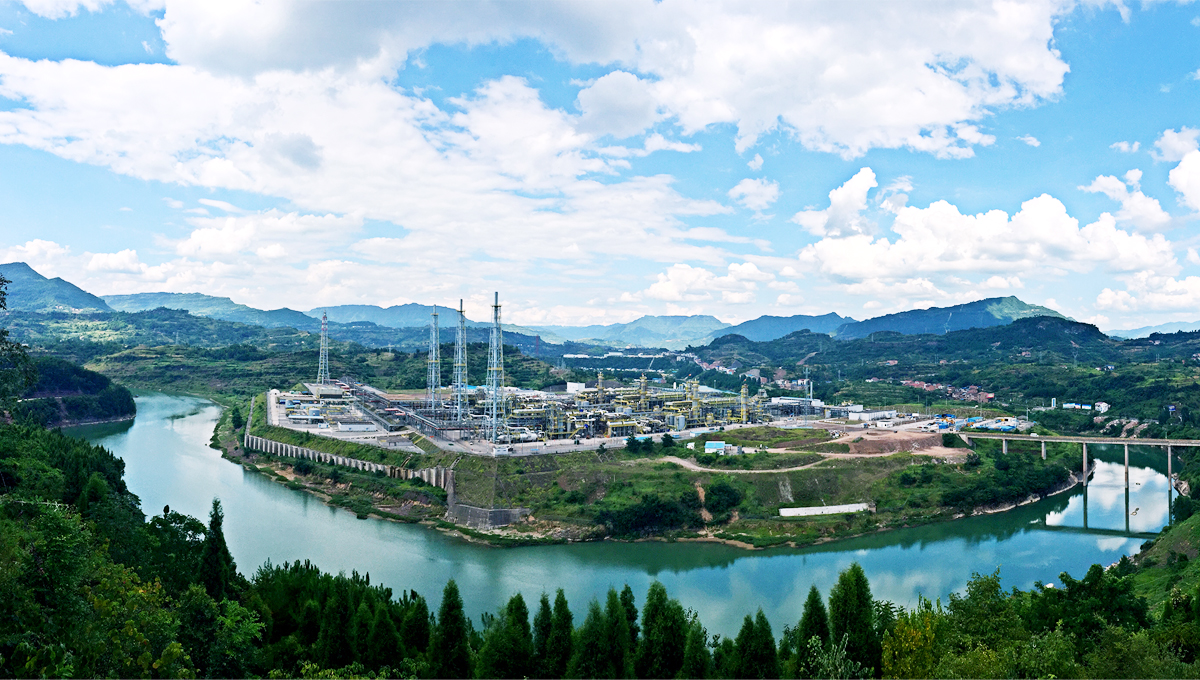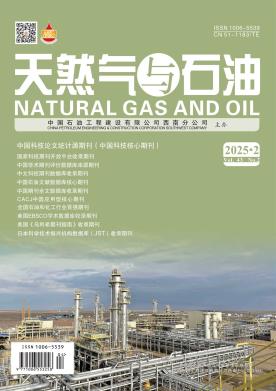含油污泥减量化处理数值模拟研究
Numerical simulation study on oily sludge reduction treatment
浏览(2402) 下载(1)
- 引用格式:
-
李哲,张樱珞.含油污泥减量化处理数值模拟研究[J].天然气与石油,2025,43(2):128-134.doi:10.3969/j.issn.1006-5539.2025.02.017
LI Zhe, ZHANG Yingluo.Numerical simulation study on oily sludge reduction treatment[J].Natural Gas and Oil,2025,43(2):128-134.doi:10.3969/j.issn.1006-5539.2025.02.017
- DOI:
- 10.3969/j.issn.1006-5539.2025.02.017
- 作者:
- 李哲1 张樱珞2
LI Zhe1, ZHANG Yingluo2
- 作者单位:
- 1. 锦州港股份有限公司, 辽宁 锦州 121007; 2. 辽宁石化职业技术学院机械工程学院, 辽宁 锦州 121000
1. Jinzhou Port Co., Ltd., Jinzhou, Liaoning, 121007, China; 2. School of Mechanical Engineering, Liaoning Petrochemical College, Jinzhou, Liaoning, 121000, China
- 关键词:
- 含油污泥;减量化处理;现场试验;计算流体动力学;正交试验
Oily sludge; Reduction treatment; Field trial; Computational fluid dynamics; Orthogonal test
- 摘要:
为了提升含油污泥减量化处理效果并优化运行参数,基于含油污泥组成特点和现场试验流程,研究了现场试验样品检测方法。通过计算流体动力学软件对卧螺离心机的内流场和处理效果进行数值模拟,依据数值模拟结果分析了相体积分数和速度分布特点,并采用正交试验进行方案设计。结果表明:适当增加卧螺离心机转鼓柱段长度、降低进料量可有效提升含油污泥减量化处理效果;通过正交试验方案设计,确定最优运行参数为转速2 339 r/min、差速10 r/min、进泥量7 m3/h,处理后含油污泥含水率由95.3%降至52.7%。研究结果对含油污泥减量化处理运行和降低处理成本具有指导意义。
In order to improve the effectiveness of oily sludge reduction treatment, the operating parameters are optimised. Based on the characteristics of oily sludge composition and field trial process, the field trial sample testing method was studied. Using computational fluid dynamics software, the internal flow field and processing effect of the decanter centrifuge is simulated. Based on the simulation results, the characteristics of phase volume fraction and velocity distribution were analyzed and the orthogonal test method was used for process system design. The results show that by appropriately increasing the column length of the decanter centrifuge and reducing the feed rate, we can effectively improve the treatment effect. Through the design of the orthogonal test scheme design, the optimal operating parameter is determined to be the rotating speed of 2 339 r/min, the differential speed of 10 r/min, and the oily sludge feed rate of 7 m3/h. After treatment, the water content of oily sludge is reduced from 95.3% to 52.7%. This study provides guidance for the operation of oily sludge reduction treatment and the subsequent reduction of treatment costs.



